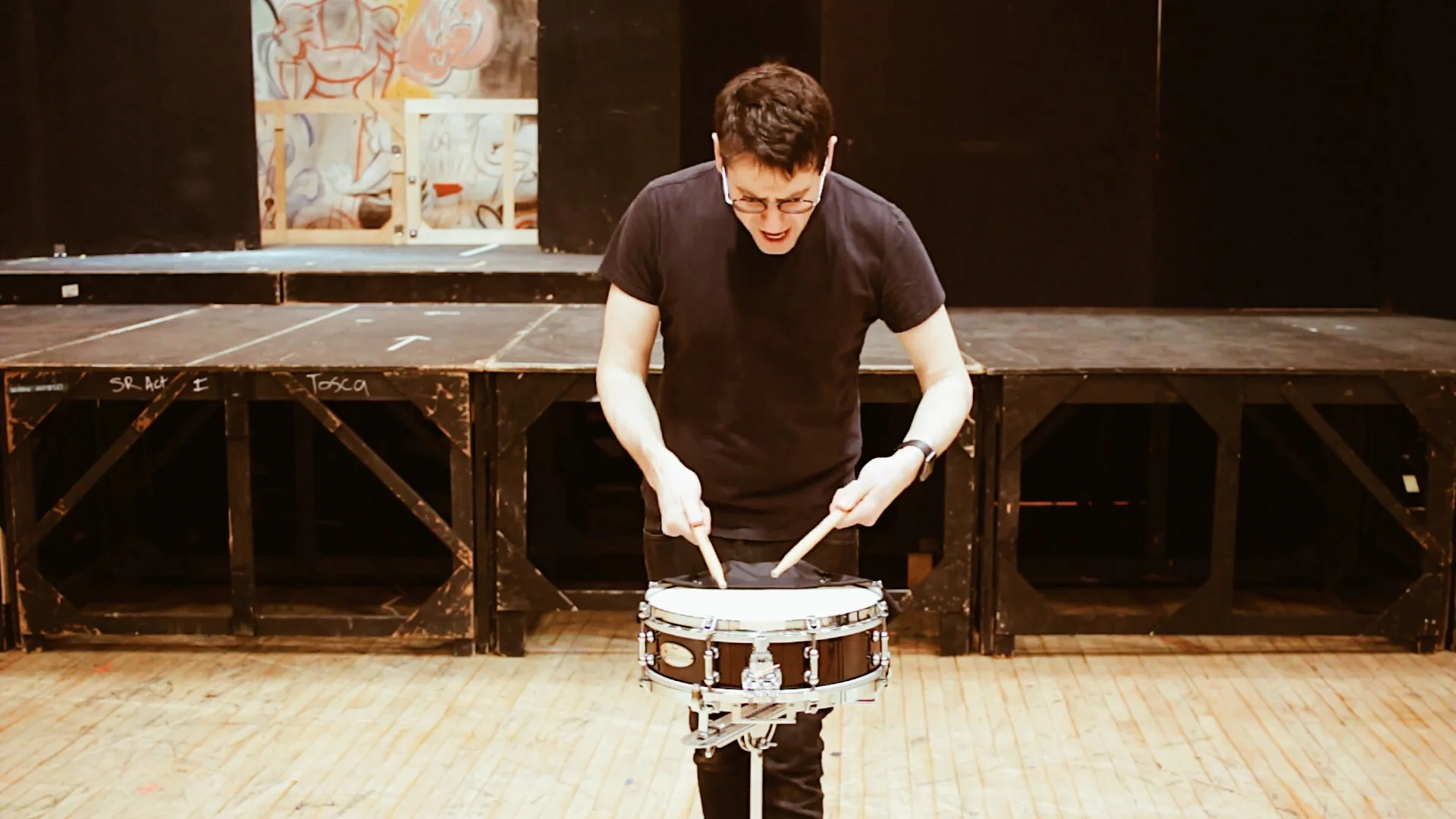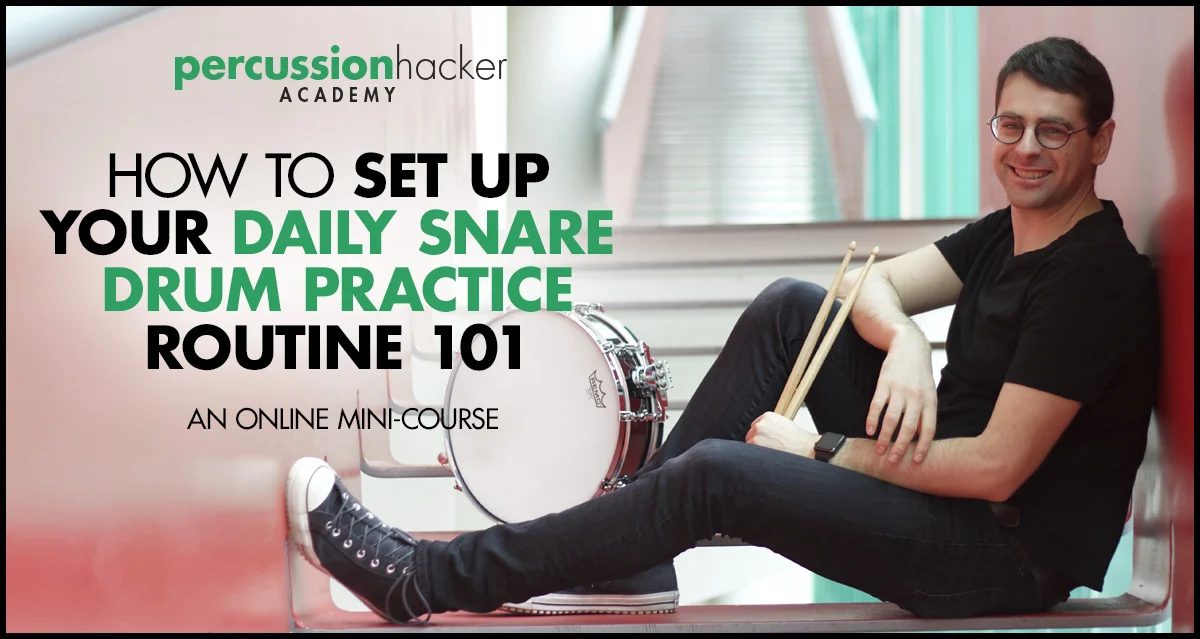guys! if you are preparing lieutenant kijé for auditions, you've come to the right place.
here's an overview of the 4 most important issues about kijé. make sure to download the exercises and comment at the bottom of this blog post if you have questions for me!
by the way. THIS ONE WILL GET BETTER. don't give up.
it's the bane of my existance, and it might be yours too, but keep working on it in new, creative ways and it will slowly improve.
basic info
tempo (based on the average of 10 recordings): quarter note = 121
my favorite recording: cincinnati/järvi (click for the itunes link!)
my MET tape recording (circa 2011):
for AUDITIONS, you need a small, dry, compact sound
big, fat sounds might work in the orchestra but they'll overwhelm your audition committee
try a 4x13" maple pearl philharmonic w/ a silk handkerchief
for the 4-stroke ruffs, the grace notes always need to be shaped TO the primary note
the grace notes always need to be spaced out EVENLY (although don't let them push the primary forward or else you'll be late...)
you can play almost all of the grace notes pretty wide so the audition judges (who will be sitting at a distance) can still hear each one seperately
these should go without saying BUT I HAVE TO SAY THEM ANYWAY
don't play unaccented notes loud enough to be mistaken as accents
don't play accented notes soft enough to be mistaken as non-accents
you should still make music out of the notes even though you have two distinct dynamic levels
work on hands apart. play one hand on the rim while focusing on the other
practice with metronome on every beat so your note lengths adjust to the quarter note
practice with metronome on every downbeat
(quarter note = 30) to develop your inner sense of time
















the snare drum seems like it could be the most boring instrument on earth. regardless, you still have to sound as musical as any violinist or oboist or trumpeter.
in today's video, i'm showing you 7 ways you can express phrasing and musicality on the snare drum.